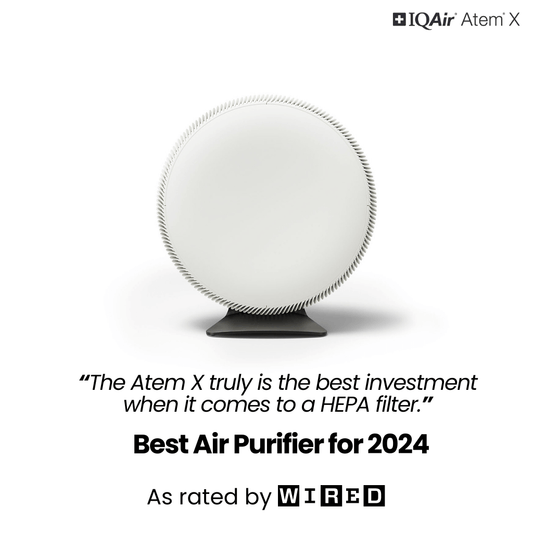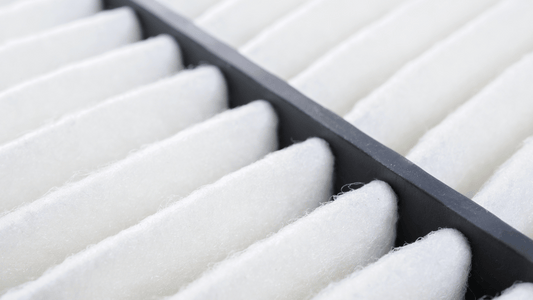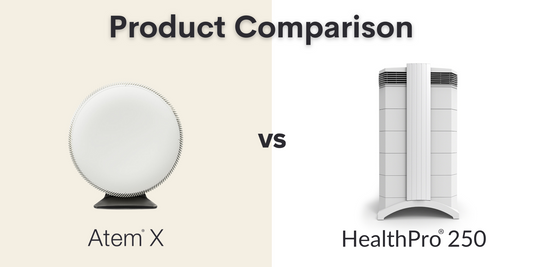House dust mite allergen is an important trigger for symptoms of bronchial asthma and allergic rhinitis. Two mite species, Dermatophagoides pteronyssinus and Dermatophagoides farina are the main culprits involved, as they shed the allergens Der 1 and Der 2 respectively. There are immunoassay analyses now, which can measure levels of Der 1 and Der 2 in the environment and so assess the effectiveness of methods of removing mite allergens.
A group of Japanese researchers published a study on the best way of removing mite allergens from blankets – a major reservoir of allergen, making the bedroom a dangerous place for those suffering from house dust mite allergy! Previous work by this team has shown that dust from bedding contains more mite allergen than dust from floors. Therefore it is important to reduce the house dust mite allergen load from blankets and other bedding.
This landmark study compared dry cleaning of blankets with hot water washing. A blanket was cut into two halves and one half dry cleaned, the other hot washed. Material from six different spots on each half was collected before and after cleaning and allergen levels measured.
The dry cleaning was carried out by the usual method, with perchloroethylene. For hot washing, a blanket washing cycle set at 55°C was used, with soap solution and including two rinse cycles.
The blankets were made of acrylic fibre and had been in use for over a year. Six blankets were used in the study, all subject to the same experimental conditions as described above.
Immunoassay showed that levels of Der 1 in the six blankets varied from 57.2 to 681 nanograms per gram (ng/g). Levels of Der 2 ranged from 48.3 to 359 ng/g. Hot washing reduced levels of Der 1 by more than 95 per cent, while dry cleaning reduced levels by between 52 and 86 per cent. Statistical analysis showed that hot washing is significantly better than dry cleaning in reducing levels of Der 1 in blankets.
Meanwhile, levels of Der 2 in blankets were reduced by between 85 and 96 per cent. Dry cleaning reduced levels between 29 and 84 per cent. Again, reduction of Der 2 by hot water washing was significantly greater than by dry cleaning.
Overall, it seemed harder to reduce Der 2 levels than Der 1 levels. Why might this be? We know that Der 1 is associated with house dust mite droppings while Der 2 is associated with house dust mite bodies, so it may just be that bit harder to extract Der 2 by either dry cleaning or hot washing.
In summary, this study showed that dry cleaning blankets reduced Der 1 by about 70 per cent, while hot water washing can reduce it by more than 95 per cent. Washing in hot water reduced Der 2 by 91 per cent. This research was done some years ago, but it still has relevance today if you prefer blankets over a duvet. The take home message is, you can cut house dust mite allergen burden in bedding by frequent hot water washing of blankets, although you will likely need a large-sized washing machine to do so effectively. For those who are troubled by asthma or rhinitis symptoms caused by house dust mite allergen, this may be a worthwhile investment.
Source: Watanabe M et al (1995). Removal of mite allergens from blankets: Comparison of dry cleaning and hot water washing Journal of Allergy and Clinical Immunology 96; 1010-1012




